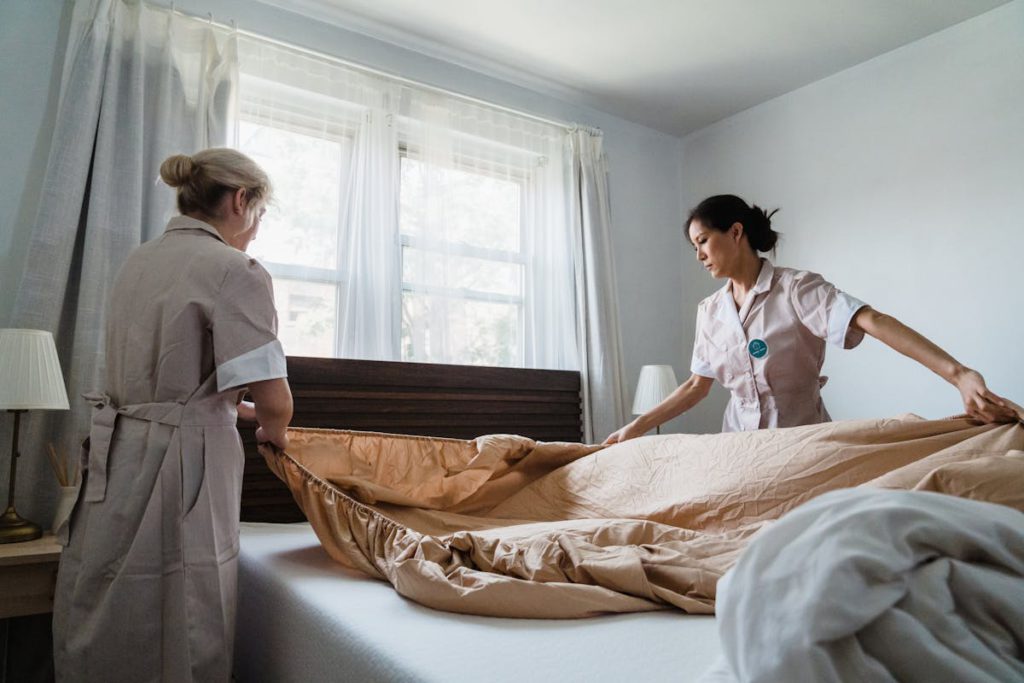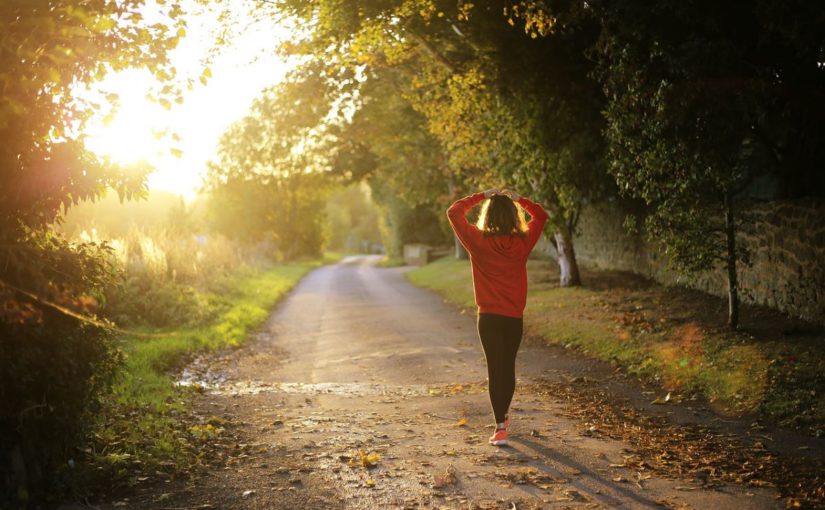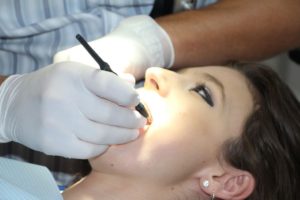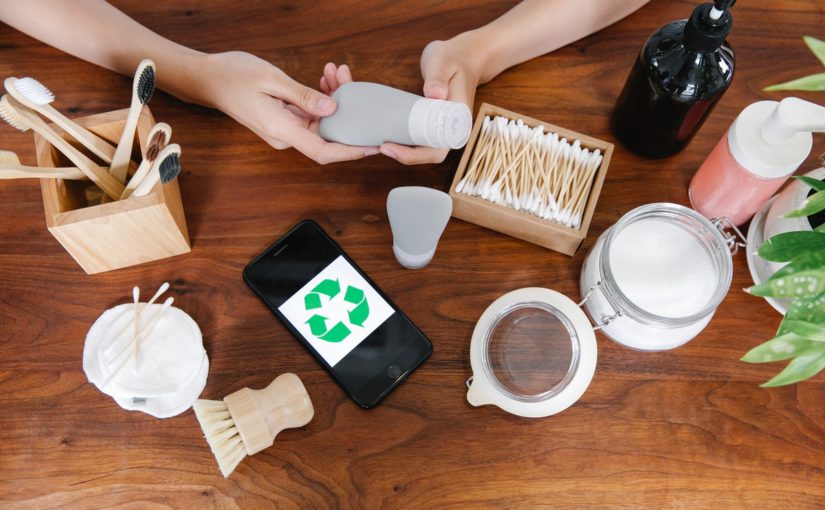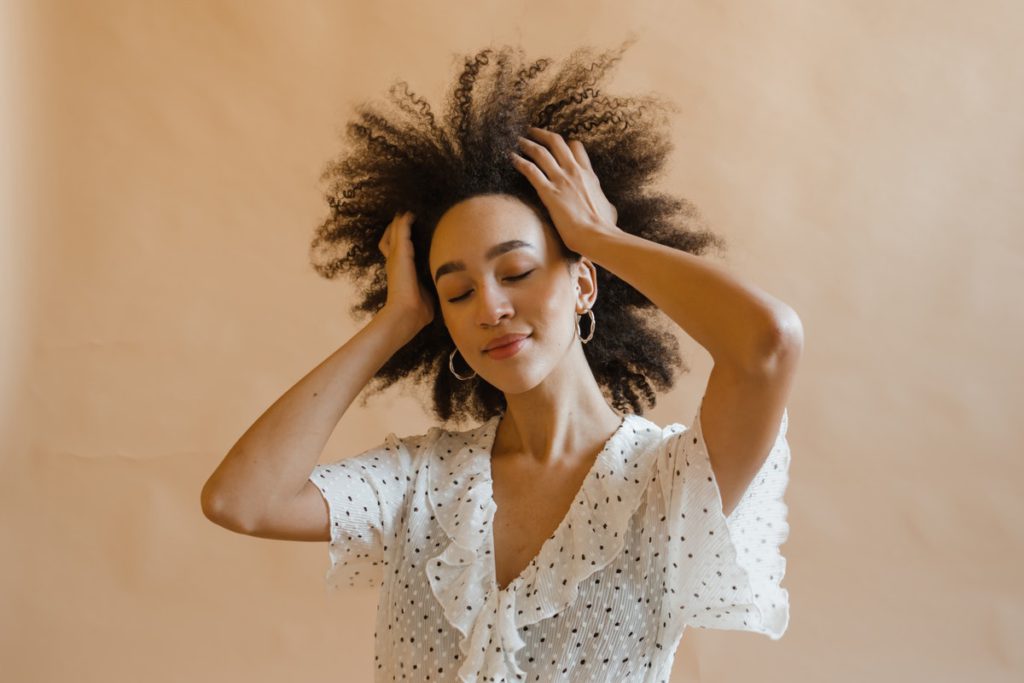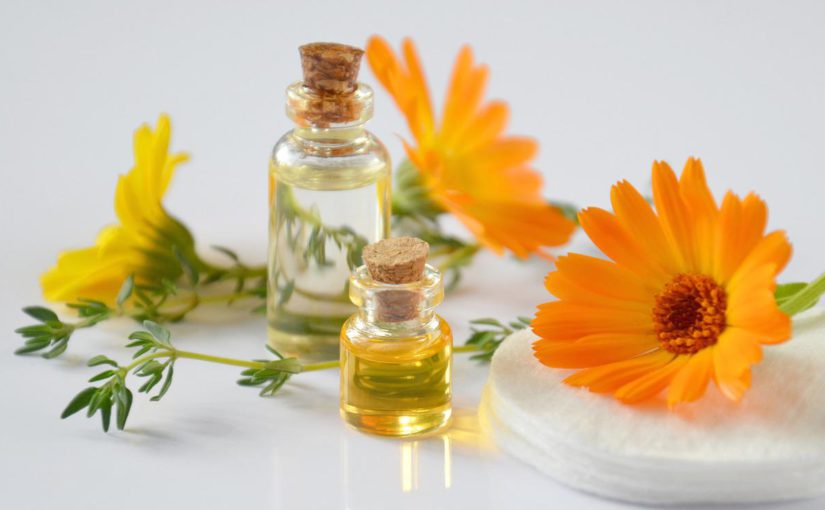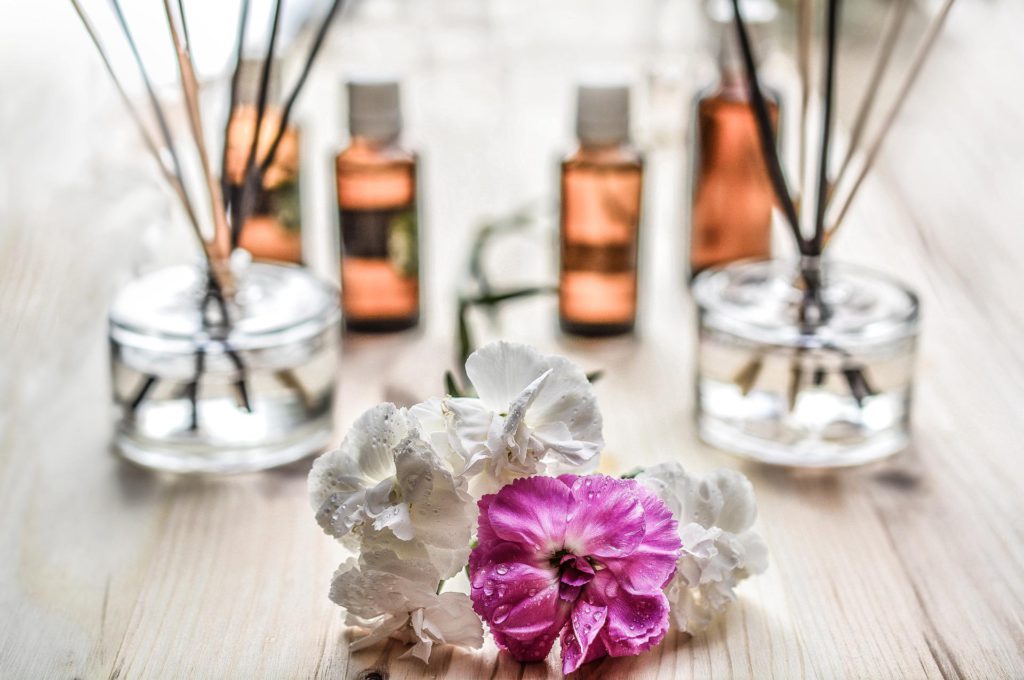Cosmetic surgery aims to enhance an individual’s appearance, but it needs to be approached with care. Cosmetic surgery keeps growing in popularity, using 15.1 million cosmetic processes completed in the USA in 2013, an increase of 3% over the preceding calendar year.
Cosmetic dentistry and sleep dentistry are two specialized areas within the broader field of cosmetic procedures. Cosmetic dentistry focuses on enhancing the appearance of teeth, gums, and overall smile aesthetics. Common treatments include teeth whitening, veneers, dental implants, and orthodontic procedures like braces or aligners. These interventions aim to improve dental aesthetics and boost self-confidence.
On the other hand, sleep dentistry also known as sedation dentistry, addresses anxiety and discomfort associated with dental procedures by using sedatives. This approach helps patients relax during treatments ranging from routine cleanings to more complex procedures like root canals or extractions. By minimizing anxiety and discomfort, sleep dentistry encourages regular dental care and promotes better oral health outcomes.
Both cosmetic dentistry and sleep dentistry cater to enhancing patient comfort and satisfaction, whether through aesthetic improvements or anxiety management, thereby supporting overall well-being and dental health.
Procedures can be found for virtually any portion of the human body, however, the option to undergo cosmetic surgery shouldn’t be dismissed. The results are usually permanent, therefore it’s essential to be certain about the conclusion, to utilize a suitable practitioner, and also to have the ideal motivation. A physician can refer a patient for counseling before operation if they think there’s an inherent problem that can’t be solved with the operation, or when the patient shows signs of Body Dysmorphic Disorder (BDD).
BDD can induce an individual to perceive that there’s something wrong with their physical appearance when objective evidence indicates differently. Cosmetic surgery is another sort of plastic surgery. It intends to increase function and also to provide the usual look to some part of the individual’s body that’s been damaged, by way of instance, following a mastectomy. This guide is going to concentrate on specifically cosmetic surgery.

Types and uses
A number of cosmetic procedures are readily available for different areas of the human body.
Breast surgery
Breast implants may be used to improve breast size or in reconstruction after the operation. Women may seek out breast surgery to increase their body form. Mammoplasty processes may include:
Breast augmentation, or augmentation, traditionally performed with silicone or saline gel prosthetics, and occasionally with fat grafting.
It could possibly be carried out when the girl feels that her breasts are too small if a breast is bigger than another, or when the breasts have shifted following childbirth or pregnancy. Some elderly girls opt for this therapy once the breasts being to sag as a result of skin thinning elasticity. To some women, a breast augmentation can improve self-esteem and boost the feelings of their sexuality. In certain, however, present issues remain. That is the reason why girls are invited to experience counseling first.
Breast reduction will help provide relief in bodily distress, while the goal of augmentation more frequently relates to looking. Breast reduction can also lessen the danger of breast cancer in girls that are at elevated risk of this disease.
Mastopexy, or even a breast lift, entails removing skin and connective tissue to make the breasts smaller and rearranging the tissue to earn the breast look lifted.
Based on how much volume a patient has dropped or needs, mastopexy could be put together with an implant. Although it’s much like a breast reduction, which eliminates a considerably greater quantity of tissue, mastopexy isn’t ordinarily covered by major insurance providers as it’s not deemed clinically necessary.
The surgery for male breast reduction or gynecomastia, an enhancement of the mammary tissue in men. It could possibly be carried out by liposuction or using different scar designs, frequently hidden around the breast and areola.
Liposuction
Liposuction, or suction-assisted lipectomy, utilizes thin cannulas, or hollow metal tubes, to vacuum the fat from several areas of the human body. Tools used in operation include conventional, ultrasound, mechanical, and laser apparatus. All of them often demand suction of fat through a tube. To prevent complications, then there’s a limitation to the quantity of fat which the physician can safely eliminate, based on whether the individual will be discharged immediately the following operation or admitted to the clinic.
Liposuction shouldn’t be thought of as a weight-loss process. When done in the ideal individual, the objective is to boost the contour and reduce limited regions of fat deposits. Liposuction is usually done around the chin area, abdomen, thigh, buttocks and hips.
Complications are rare but possible. They comprise the accumulation of blood under the skin, also called hematoma, infection, changes in feeling, allergic reactions, and harm to underlying constructions, and disappointing outcomes. The health care provider needs to discuss these with the patient ahead.
Liposuction doesn’t lessen the threat of treating diabetes, heart disease, or elevated blood pressure.
Vulvovaginal operation
Labiaplasty, labioplasty, labia minora decrease, or labial reduction entails operation of the labia majora or labia minora of the vulva, part of the female genitalia. It intends to reduce elongated labia, usually within a vaginoplasty.
Female vaginal reshaping, or labiaplasty, aims to alter the dimensions and shape of their inner labia or the inner lips of the vulva. Labiaplasty isn’t the same as gender reassignment surgeries.
The surgery is usually performed to reduce the size of the labia minora (inner lips). General or local anesthesia may be used. The surgeon removes the unwanted tissue and remodels that the labia into the desired size and shape. Alternatively, a wedge-shaped section of the labia is removed. Some surgeons use a laser instead of a scalpel to reduce bleeding. Occasionally, a labiaplasty is performed to decrease the size of the labia majora (outer lips). Some women choose to have surgery to tighten the vagina (vaginoplasty) during the same surgery
Body processes
Abdominoplasty, or “tummy tuck” reshape the abdomen. Excess fat and skin are eliminated from the middle and lower stomach, with the intention of tightening the muscle and fascia of the abdominal wall.
This could be appropriate following pregnancy or following losing a lot of weight.
Other body contouring procedures
Buttock enhancement enhances the visual appeal of the buttocks making them bigger. The surgeon will graft fat from another part of the patient’s entire body with liposuction. Silicone implants can also sometimes be utilized from the buttocks.
A buttock lift or reduced body lift involves removing excess skin in the hips, buttocks, and thighs to be able to tighten and raise them. These processes are usually combined with abdominoplasty in patients that have lost a significant quantity of weight.
Facial cosmetic surgery
Blepharoplasty, or eyelid surgery, intends to reshape the eye using a special health equipment. With age, the skin becomes limper, and there might be drooping or hooding of the top lids and totes on the lower lids. Eyelid surgery may be practical, decorative, or perhaps both. It normally entails removing or repositioning extra fat and skin, and the process may fortify surrounding tendons and muscles.
Surgery may alter the form of your face or tighten skin.
In rhinoplasty, also called a “nose job,” the surgeon reshapes the patient’s nose to enhance the overall look and frequently breathing, also. It could involve reshaping the tip and lessen the bony hump in the top element of the nose.
It may be carried out with small incisions which are well concealed, often within the nostrils. Surgeons don’t advocate rhinoplasty until the individual is at least 15 years old to permit for a complete rise of the bone and cartilage of the nose.
An eyebrow lift, browplasty, or eyebrow lift intends to eliminate signs of aging by increasing drooping eyebrows and eliminating forehead wrinkles, or stress lines. It’s frequently done along with other cosmetic processes to attain a more compatible facial look.
Peels, fillers, grafts, and laser therapy
Less invasive treatments could comprise lotions, fillers, injections, grafting, and laser therapy.
Fillers can be used to iron out wrinkles and also to make the lips appear plumper.
Chemical lotions might help cure acne, pock scars, marks, or wrinkles. A range of active agents could be used. A mild or superficial peel utilizes Alpha Hydroxy Acids (AHAs) such as glycolic, lactic, or fruit acids to take care of the vertical layers of skin. The process isn’t quite as deep as it is only done with a few lotions, so the recovery time is minimal and there is no need to lie on a hospital pressure mattress as opposed to other, heavier types of treatments.
A moderate peel generally entails TCA (trichloroacetic acid) of different concentrations. It penetrates the dermis, or deep layer of skin, to a larger thickness than the mild peels. The pain and recovery tend to be more important than the lighter peels. The redness and flaking may persist for many weeks or days.
A deep peel, or phenol peel, penetrates the skin to the deepest degree. Because of this, it’s the largest impact on fixing the skin, but additionally, it has the most rapid recovery period, and it may cause scarring and skin lightening. Chemical peels are demonstrated to be secure and beneficial for both mild and darker skin types.
Botulinum toxin, or botox, is the name of a toxin made by the bacterium Clostridium botulinum (C. botulinum), first approved by the FDA from the 1980s for muscle strain. A variety of cosmetic surgery procedures intended to enhance appearance. It’s used as a treatment for wrinkles and facial creases.
It acts by blocking the sign from nerves into the muscles which are injected. The injected muscle can’t contract, or tighten, as before, and this also contributes to a controlled relaxation of these muscles.
It’s approved for treatment of frown lines around the forehead, crow’s feet, or lines around the eye, and axillary hyperhidrosis, or increased sweating of the skin.
Besides”botox,” other brand names of botulinum toxin are currently commercially available.
Soft tissue fillers, or dermal fillers, which are medical device implants approved by the FDA to be used in assisting to make a smoother, fuller look in the face.
They may be employed to take care of nasolabial folds, cheeks, and lips, and also to grow the loudness of the rear of the hand.
They’re also able to reduce wrinkles, scars, and lines, and strengthen delicate tissue contours. They aren’t permanent, but they’re degraded by the body, therefore repeat treatments may be required to keep the result.







